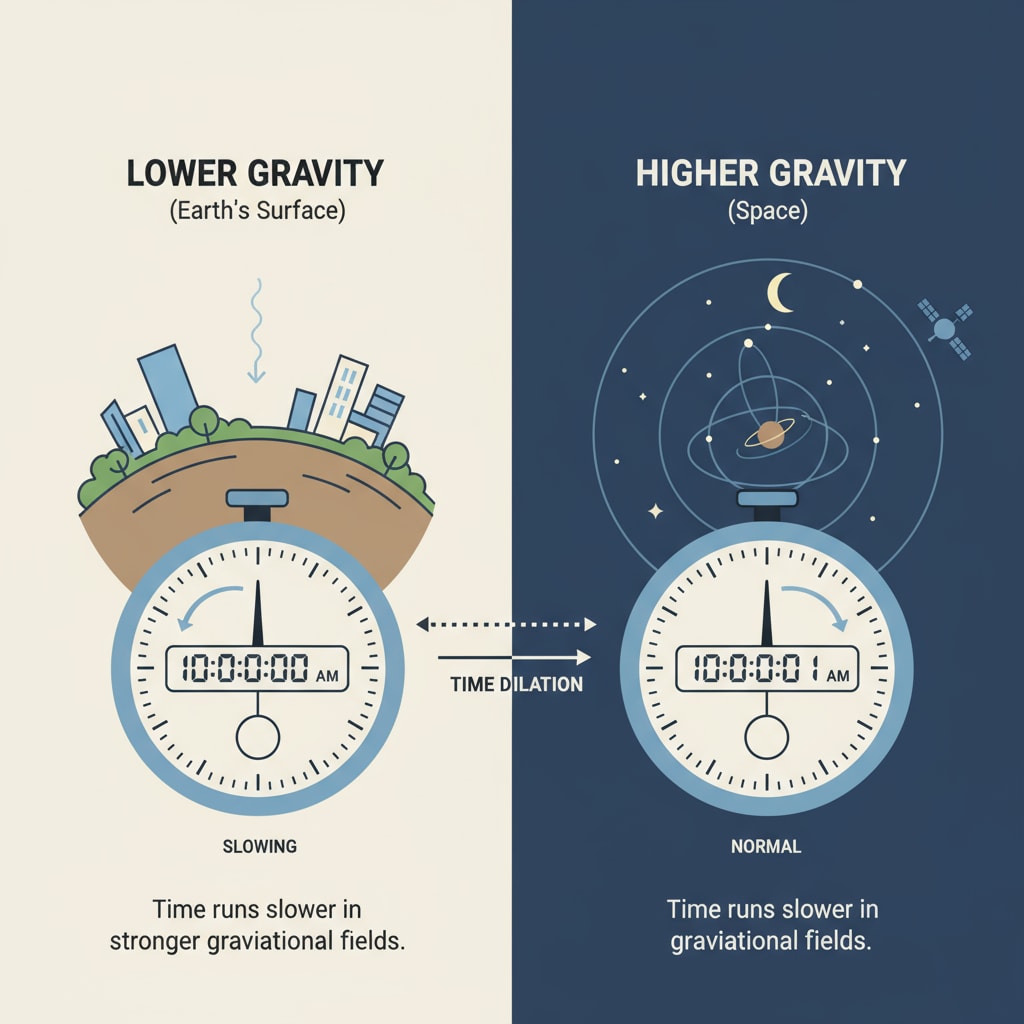Time, gravity, and relativity are fascinating yet complex concepts. In the realm of physics, understanding how gravity influences the passage of time, as described by Einstein’s theory of relativity, can be a challenging feat, especially when trying to convey it to K12 students. However, with the right approach, these intricate ideas can be made accessible and engaging.
The Basics of Relativity
Albert Einstein’s theory of relativity revolutionized our understanding of the universe. There are two main parts: special relativity and general relativity. Special relativity deals with objects moving at constant speeds relative to each other. General relativity, on the other hand, focuses on gravity and its effects on space and time. Gravity, in Einstein’s view, is not just a force pulling objects down but rather a curvature of space-time. General relativity on Wikipedia explains this concept in more detail.

Gravity’s Influence on Time
One of the most mind-boggling aspects of general relativity is that gravity can slow down the passage of time. This phenomenon is known as gravitational time dilation. Near a massive object, like a planet or a star, time passes more slowly compared to a region with less gravitational influence. For example, a clock on the surface of the Earth will run slightly slower than a clock in space. Gravitational time dilation on Britannica provides in-depth knowledge about this topic.

To make this concept more relatable to K12 students, we can use an analogy. Imagine time as a river flowing smoothly. A massive object, such as a planet, creates a whirlpool in this river. As the water (time) flows near the whirlpool, it slows down. This is similar to how time slows down in a strong gravitational field.
Readability guidance: Keep paragraphs short and use simple language. For each concept, provide a clear explanation and an example. Use transition words like “however”, “for example”, and “on the other hand” to make the text flow smoothly.


